Using table functions I thought that you get new rows associated with the current row, each new row may have more than one column, and each column contains a single value of the values contained in the expression referenced (with it is evaluated against the current row).
Well maybe to long (and not quite well explained), you can run this example an see how the arrays' elements are combinded in the resulting row.
I mean, the id
select
id,
unnest(numbers),
unnest(letters)
from
(
values
(1, ARRAY[1,2], ARRAY['a','b', 'c']),
(2, ARRAY[3,4], ARRAY['d','e', 'f'])
) as aTable(id,numbers,letters)
Yelling this:
 Well there is kind of cartesian product taking the arrays (row by row) as like they were sets.
Well there is kind of cartesian product taking the arrays (row by row) as like they were sets.
So, now you can run this.
select
id,
unnest(numbers),
unnest(letters)
from
(
values
(1, ARRAY[1,2], ARRAY['a','b']),
(2, ARRAY[3,4], ARRAY['d','e'])
) as aTable(id,numbers,letters)
And this is the output:
I expected the same here, the kind of cartasian product, but I see that another combination criteria is being used. As a wise coworker and friend note the arrays length are the same and that probably causes another combination criteria. So I keep wondering what is happening here and ask here if anyone know or understand what is happeing here, and off course there will be a good "thanks for sacarme de esta amigo" if someone know how to "force" the cartasian products when the lenght of the arrays are the same (like this case) . I read some of the docs but find not clue.
UPDATE (After Laurenz's answer)
The way to make all combinations is to move the table functions into the from clause, using lateral joins can be a way:
select id,number,letter
from
(
values
(1, ARRAY[1,2], ARRAY['a','b']),
(2, ARRAY[3,4], ARRAY['d','e'])
) as aTable(id,numbers,letters)
cross join lateral unnest(numbers) as number
cross join lateral unnest(letters) as letter
